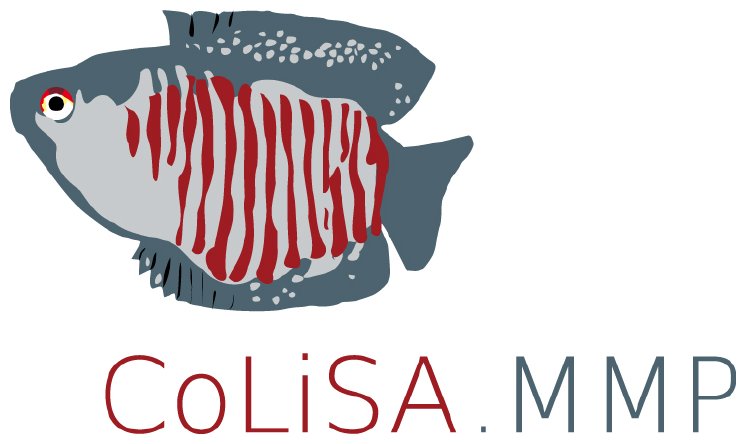For many technology generations, the miniaturization of semiconductor devices was enabled by evolutionary advancements in optical projection lithography. In the past, this was mainly achieved by the reduction of the wavelength or an increase of the numerical aperture (NA). Today with size requirements close to the physical limits, highly involved methods such as optical resolution enhancement techniques, source and mask optimization (SMO), double patterning and lithography-friendly design are required. Only with the help of these, can the downscaling pace of Moore's law be maintained, allowing for technology nodes as small as 22 nanometers. The extension of optical lithography to even smaller dimensions will lead to a drastic increase in costs. Extreme ultraviolet (EUV) lithography, at a wavelength of 13.5 nanometers for example, promises a revival of wavelength-driven scaling. Because of major unresolved obstacles associated with the source power and stability and the mask infrastructure, the introduction of EUV has been repeatedly postponed. Directed self-assembly (DSA) of block copolymers offers an alternative approach to scaling. It employs nanophase separation between covalently bound chemically different monomers. In contrast to traditional, increasingly difficult and expensive optics-driven top-down technologies, DSA uses a cost-efficient material-driven bottom-up technique, permitting structures of 10 nanometers and below.
Two challenges still impede an industry-grade application of DSA: 1st, the host substrate strongly impacts DSA. The resulting pattern formation must be understood and modeled exactly in order to optimize its efficiency and to circumvent defects. 2nd, the specific properties of DSA must be considered early during the design stage. Within CoLiSA.MMP novel material and process models and a computational lithography framework for DSA will be developed. The combination of advanced, tailored atomistic and coarse-grained models and a series of complementary experiments, serves as the foundation for the development of highly efficient reduced models that seamlessly integrate into the lithographic process simulation. The new modeling facilities will be used to establish advanced design flows, which account for both the lithographic generation of guiding patterns and the patterns resulting from DSA. By posing the design problem as an inverse one, lithographically manufacturable guiding patterns and process conditions for given target structures can be precisely predicted and at a very early stage. Computational lithography will be also used to investigate the root causes of DSA-specific defects and to propose strategies to avert or mitigate them.
To achieve these ambitious goals, a consortium of European research institutes, universities and a commercial material supplier has been formed, which covers a wide range of expertise in atomistic and coarse-grained modeling of polymers, design and synthesis of block copolymers, lithographic process implementation, computational lithography, and industrial exploi-tation strategies.
On November 19 and 20, 2013, Fraunhofer IISB in Erlangen, Germany, hosted the kick-off meeting for the 3-year project, which has a total budget of 4.91 million Euros.
CoLiSA.MMP is funded by the European Union in the 7th Framework Programme, under the ICT project number 619793.


